Choosing the right broadhead can feel like mission impossible but don’t fret. Please keep it simple. Pick a head that fills you with confidence, shoots straight, is durable, and penetrates like crazy. Here’s a few great choices.
The broadhead world is a saturated one. Not only are there multitudes of broadhead makers, but there are also piles of heads out there. Some broadheads feature three fixed blades, while others have four. Two-blade fixed heads are also a popular choice of many bowhunters. There are front-deploying mechanical heads and rear-deploying models with chisel tips, serrated tips, and rounded needle-point tips. Ferrule designs and builds are numerous, and many manufacturers have created hybrid broadhead incarnations. In layman’s terms, these heads feature fixed and mechanical blades.

Yikes! What to do? First, relax. Don’t break out the anti-anxiety meds and start trolling social media looking for what head might be right for you. Why the hard “no” on social media? Simple. You’ll have bowhunters bashing fixed blades, another crowd crowing about how a mechanical just cost them an elk, and there will be reports of hybrids not flying well downrange. You’ll be exposed to too much negative, and in some cases, too much positive. Broadhead choice is all about personal confidence, and there’s years of knowledge and passion packed into every NAP broadhead build.
If you’re new to the bowhunting world or are on the fence about your current head, give these NAP killers some serious consideration. What’s to come are just plain facts — knowledge gained from years of shooting these heads in the field and doing extensive testing. Here we go.
Fixed-Blade
If you’re leaning toward shooting a fixed-blade head, awesome. Fixed-blade designs have a lot going for them. Three- and four-blade models from NAP are super sharp, durable, and fly well. As a bowhunter, that’s all you can ask for. While NAP’s fixed-blade smattering of heads is extensive, there are a couple I would recommend dropping some greenbacks on.
First is NAP’s HellRazor. You’d be hard-pressed to find many reviews or field tests that don’t give this one-piece solid steel fixed blade praise. Simply put, the broadhead is just meat and potatoes. A stone-cold, razor-sharp killer that will work as well on whitetail as it will on moose. The one-piece design ensures zero blade rattle, and the needle-point tip punches a hole for the trio of blades to follow. I’ve killed more than a few critters with this 1 1/8-inch cutting diameter head. It promises solid flight and the penetrating killing power you can trust. The head is available in 100- and 125-grain options.
Another fixed-blade favorite of mine is the flies-like-a-dart Thunderhead Nitro. I love a small, compact killer, and this three-blade delivers accuracy and killing power in spades. Like the HellRazor the blades are replaceable, and the all-steel construction makes the head bulletproof.
The Nitro’s compact design provides a 1 1/16-inch killing diameter, which many will turn a nose up at. Don’t. If you punch lungs, blood will flow, and whatever animal you shoot isn’t going to take a solid hit from this head far. Four seasons back, while spotting and stalking pronghorn on Colorado’s open prairie, I put a 76-yard Nitro-tipped Easton Axis 5MM on the mark. It went less than 60 yards before expiring.
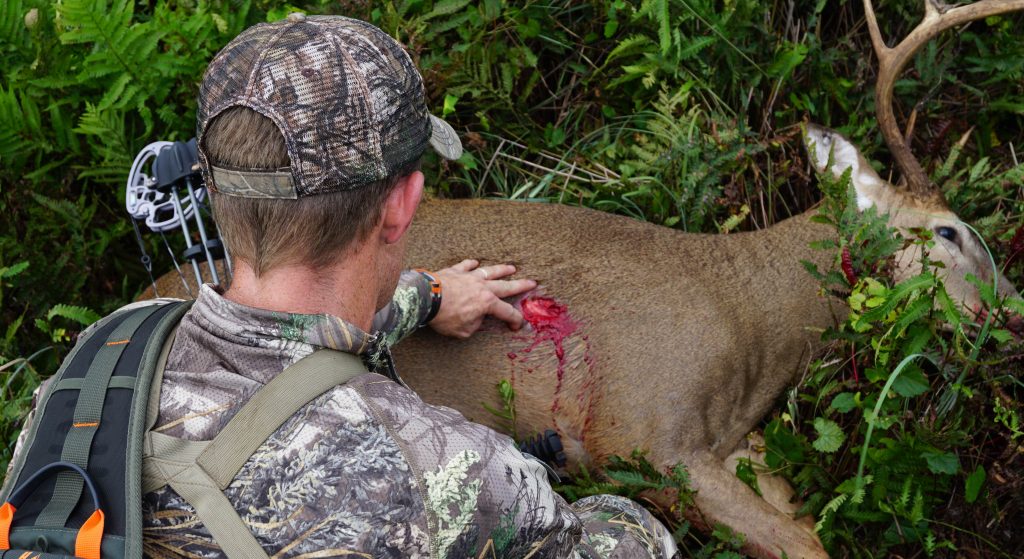
Mechanical
I’ve made no bones about it over the years that I’m a mechanical guy. Yes, I will shoot a fixed-blade head, but it’s hard to beat a worthy mechanical for me. Most fly like field points, stay hushed in flight, and improved designs have boosted functionality and durability. My all-time favorite NAP go-to is the Killzone. My reason for this is a simple one: it fills me with bowhunting confidence. During a 2015 trip to Florida, I blew through a bedded whitetail buck at 12 yards, a quartering-away feral hog at 42 yards, and killed a 10 ½-foot alligator with a single shot to the head. Over the years, I’ve shot numerous other deer, pronghorn, bear, and an elk with this two-blade, two-inch cut head. Ample time on the range has proven the broadhead to be field-point accurate, and I’m a big fan of the spring clip design, which thwarts any chance of premature blade deployment. The blades are ultra-sharp, and you can choose from 100- and 125-grain options. I have complete confidence this broadhead will take down any big-game animal you want to chase.
Another legend that finds its way onto my Easton’s is NAP’s SpitFire Double Cross. A front-deploying mechanical, this head is unique in that it features a nifty blade deployment system. During stage 1, a pair of two-inch cut blades, like those found on the Killzone, start cutting away. During stage 2, as the head penetrates the animal, the second set of blades (1 1/8-inch cut) deploy to boost hemorrhaging and cause more internal damage. Side of promising great flight and created with a durable build, I love the fact that this mechanical head, while it has a lot going on, doesn’t boast the look and feel of a nightmare waiting to happen. The design is simple, and if whitetail deer, pronghorn, mule deer, or other medium-sized game are on your to-chase list, these heads will serve you well. I don’t highlight them for use on heavy-boned game. This is because testing has proved to me that the two-blade deployment system seems to suck a little more kinetic energy. When hunting elk, moose and other big-boned critters, I like all the KE I get.

Hybrid
I was a hybrid-hater when manufacturers started bringing them to market. I like simplicity, and early models seemed to have too much going on. Most looked like those explosive heads Rambo tipped his arrows with, and many I tested didn’t fly worth a hill of beans. Then came NAP’s DK4. More compact in design, I was pleasantly surprised with the broadhead’s accuracy. While I won’t slug it as 100 percent field-point accurate, it is close. A little sight or rest tuning is all that was required, and I shot the head out to 80 yards. Most groups, even in a breeze, were sub-three inches in diameter. The main story with this broadhead is it gives bowhunters the best of both worlds — a pair of pivoting, fixed main blades, and two mechanical bleeder blades. The head creates devastating wound channels and promises a maximum cutting diameter of 1 ¾ inches. Because the main blades sport a pivoting design, they can move around the bone to help the arrow maintain momentum. This leads to deeper penetration and ups the chances of a pass-through. The DK4 is available in 100- and 125-grain models.
There you have it — all your broadhead needs covered. The testing has been done, and you can rest easy. All you need to do is decide what NAP head or heads are right for you, punch in the numbers on your plastic and get some sent to your doorstep. NAP broadheads are also sold at major sporting goods stores and quality pro shops around the country.




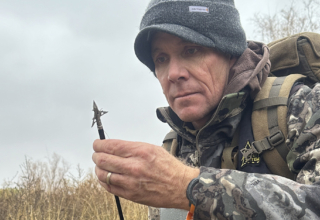


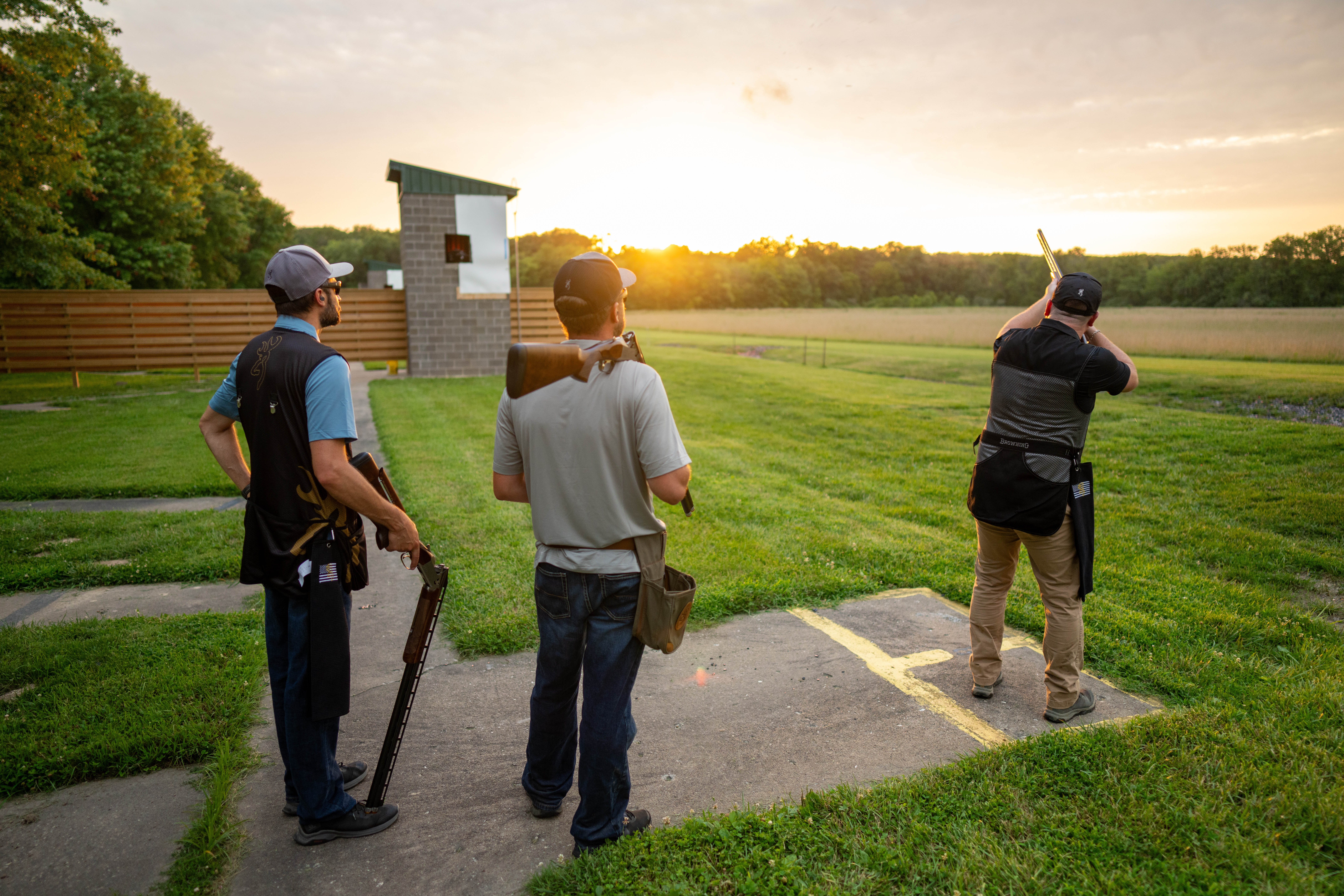
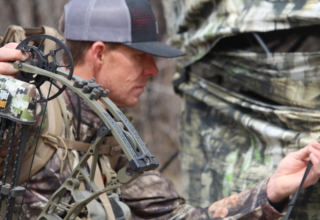
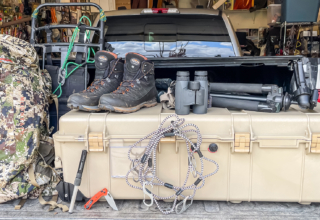


binance doporucení
June 19, 2024 at 12:48 am
Your point of view caught my eye and was very interesting. Thanks. I have a question for you.
binance referencní kód
July 24, 2024 at 10:53 am
Your article helped me a lot, is there any more related content? Thanks!